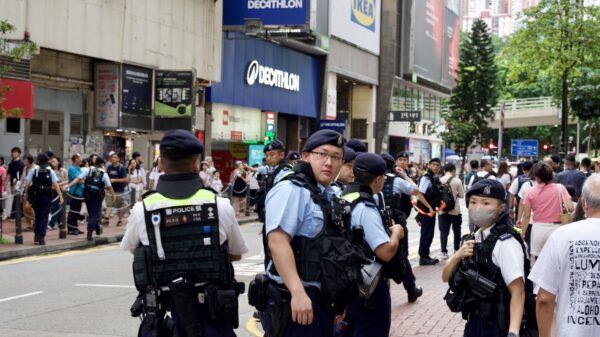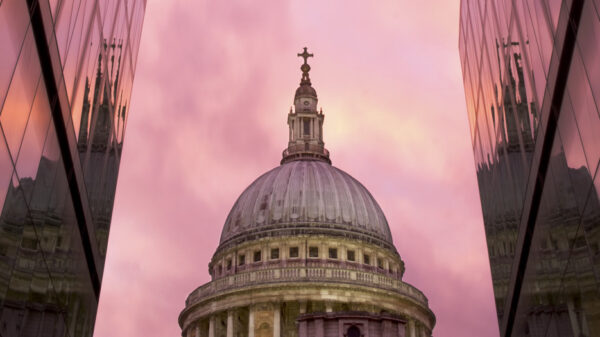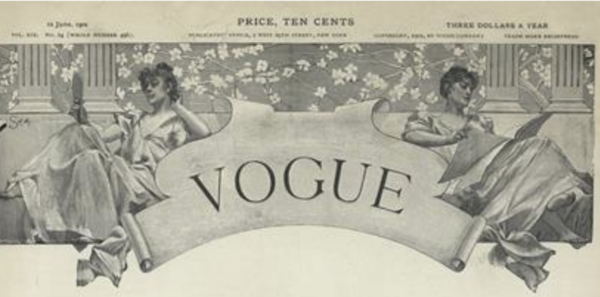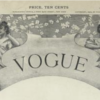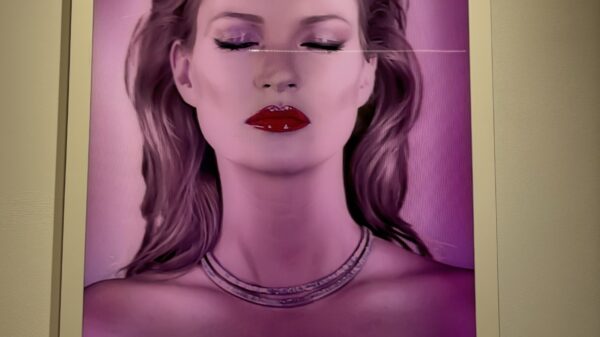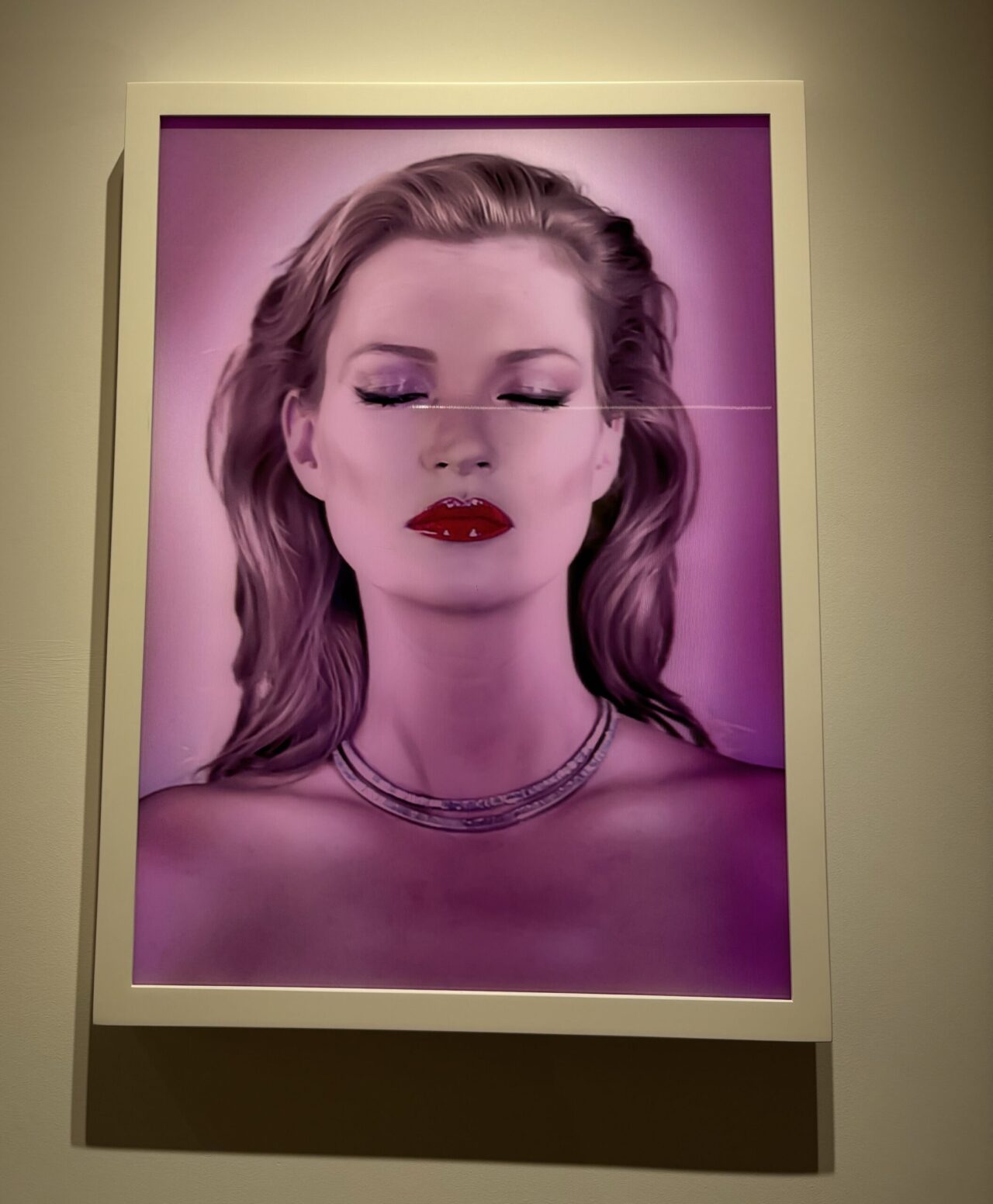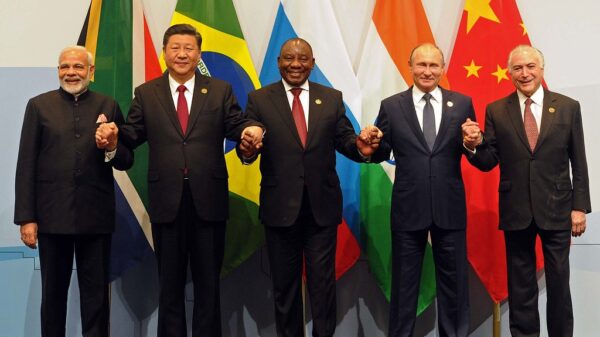In celebration of Pride Month and the Black Lives Matter movement, Roar writers share their recommendations and reflections on black queer culture.
Samuel de Saboia is an Afro-Brazilian queer artist, born in Recife, Brazil in 1998. He speaks, in abstract and emotive ways, to the black and LGBTQ+ communities. Saboia’s debut solo exhibition, Unamerican Beauty, took place in 2019 in Los Angeles, curated by New York’s GHOST Gallery. According to the artist, the exhibition was ‘a chant to those names, bodies, vessels, and souls who represent the best, but are misrepresented as embodiments of the worse.’ These words resonate with the negative stereotypes of minority communities, as well as assumptions of the LGBTQ+ community by conventional and conservative standards of society, which lead to misunderstandings. Saboia uses his art pieces as instruments to address these matters; to ask, discuss, and pave the way for others like him. As a ‘black queer body,’ he sees himself as a political message – which is a fundamental element in understanding his art.[1]
A few examples of art pieces from the exhibition are ‘Queer Voids’ and, the exhibition’s namesake, ‘Unamerican Beauty.’ The two abstract pieces are reminiscent of neo-expressionism, an art movement of the twentieth century that Saboia evokes with a message that is as relevant today as it had been in 2019.

‘Queer Voids’ by Samuel de Saboia.
‘Queer Voids’ uses mix media on leather, and features lapis blue and beige that wraps around heads, faces – memories. The green colour, in an optimistic spring-like bloom, contrasts with the black space as the ‘void,’ representing queer experiences vying for recognition in this space. It is a work that portrays the non-space of queer experience, one between society and capital.

‘Unamerican Beauty’ by Samuel de Saboia.
‘Unamerican Beauty’ uses a mix of media on linen. On its left side, the piece displays a white figure that symbolises white hegemony within Western society. Its dominance is shown through the ‘taking-up’ of space within the art piece. On the right side is the representation of racial diversity and various identities. These bodies are framed and packed together in allegiance, side-lined in a space representative of their real existence; on the peripheral edge of Western society ruled by, predominantly, a white elite.
Both art pieces speak of struggle and the need to acknowledge inequalities concerning black lives and the LGBTQ+ community. Their abstraction conveys the subtle discriminations they continuously face, while the use of striking colours speaks of how they are not marginal characters but, rather, human beings deserving of serious and meaningful recognition. The messages present in Saboia’s art reflect the shades of Jean-Michel Basquiat’s social and political commentary; yet this is not a comparison meant to diminish Saboia’s art, as his afro-Brazilian queer experiences are a valuable perspective, highlighting these issues beyond Brazil.
Saboia’s work is significant because it recognises the continual struggles and threats of violence that he and others of the LGBTQ+ community have experienced in Brazil. The country has other historical and popular black queer heroes, such as Matame Satã (João Francisco dos Santos, 1900-1976), yet this has not led to their wide acceptance in the country, in part due to the homophobic discourse from the president, Jair Bolsonaro.
The matters that Saboia’s works speaks of are topical for us in the United Kingdom, too. Various British intuitions have been as culpable of discrimination as Brazil. It was only January 31st 2017 when the British Government fully recognised the natural rights of homosexuals and bisexuals by posthumously pardoning thousands of those previously convicted of having consensual same-sex intercourse, something that had been criminalised until 1967. 2017 is concerningly recent, demonstrating how slowly things improve within the realms of state institutions and its bureaucracy. Many issues are still not fully addressed in contemporary Western society, which is evident in the solidarity with the Black Lives Matter movement around the world, calling to an end of police brutality and systemic forms of racism.
Saboia uses art as a medium very much tied to the expression of self, race and sexuality – he brings these aspects of identity centre stage within his art and their surrounding discussion. Contemporary artists like Saboia are some of the more recent figures that challenge racial, sexual and gender discrimination, reflecting these realities through thought-provoking art, and providing insight into his own experiences and perspectives as a ‘black queer body’ in predominately white conservative spaces.
[1] All quotes in the first paragraph are taken from Samuel de Saboia in interview, see Vickery, Morgan, ‘Q&A: Samuel de Saboia’, Flaunt, 25 September 2019, <https://flaunt.com/content/qampa-samuel-de-saboia> [accessed 15 June 2020].
Twitter @andrewjcnunes



